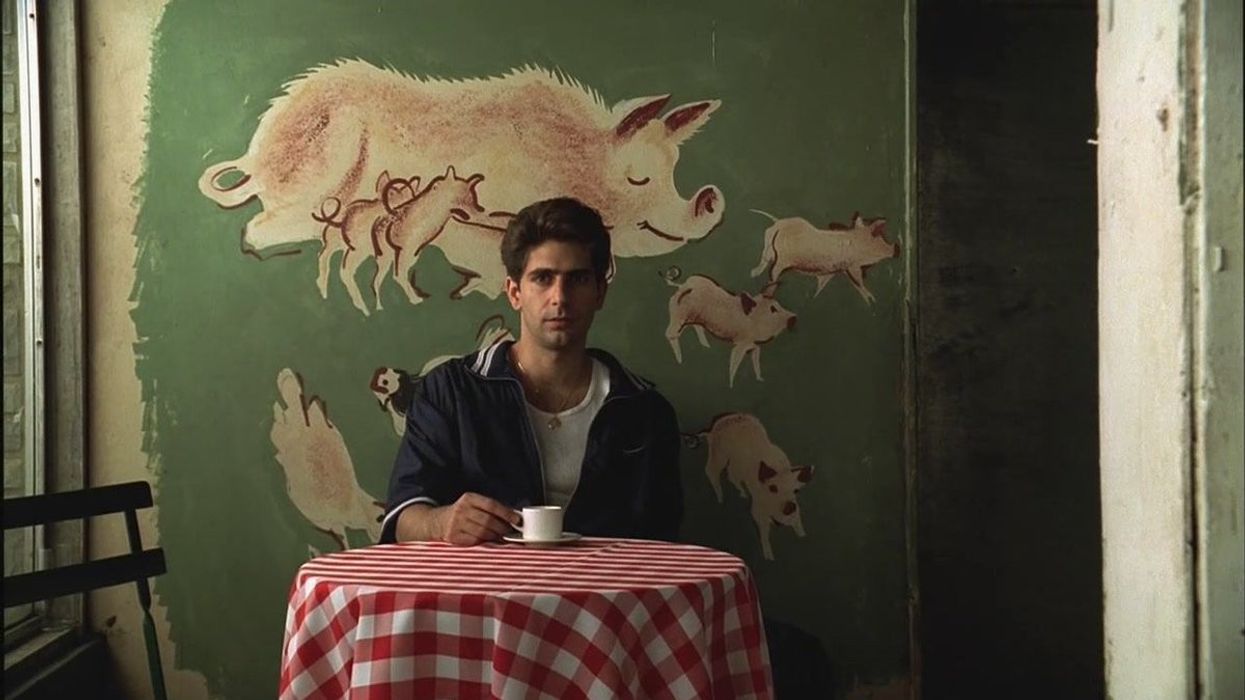Cinematographer Alik Sakharov Breaks Down His Work on 'The Sopranos'
Game-changing cinematography can happen when a script gives you freedom.

It is no secret that cinematography in television was forever changed in the dawn of the new millennium. Shows started to tell darker storylines about complex characters through well-written dialogue and cleverly composed shots. Directors and cinematographers started pulling inspiration from cinema and took a creative risk to make the series feel like an extended movie.
The Sopranos is one of the shows that helped pioneer this new way of filming television.
Notably, the show reconstructed the gangster genre with its seemingly simple yet complex story that involved even more complicated characters. While the direction of the show’s writer and producer David Chase can be praised for the iconic statues of The Sopranos, it was Chase’s collaboration with cinematographer Alik Sakharov that captured the mood and theme of the show for its nine-year run.
CookeOpticsTV sat down with Sakharov to talk about his time with Chase, and how the freedom to experiment with the cinematography largely came from Chase's barebones writing. Check out the full video below.
When Sakharov joined The Sopranos back in 1997, Chase stated that he wanted the cinematography to be a storytelling tool more than anything else. Many cinematographers and directors might start with blocking, the composition of a shot, or what lenses to use, but Chase and Sakharov wanted to focus on creating a visual language that paralleled Chase’s script.
The pilot script acted as a strong skeleton for Sakharov and Chase because it didn’t give direct limitations to a shot, allowing Sakharov to find the best shot through the clues pulled from dialogue, character’s interactions, and locations. The minimalist script allowed for more freedoms that tightly constructed scripts wouldn’t and couldn’t allow.
Instead, a script that isn’t overwritten can lead to a creative relationship that brings to life a vision that wouldn’t have existed otherwise. Nothing is ever set until the camera starts rolling, so little changes can be made to a scene on the day of filming. If those changes work, then that is great. Even if those changes don’t work, small details can be altered to capture the shot that perfectly encapsulates the showrunner’s intentions.
When The Sopranos first started, Sakharov was experimental with his approach to a scene. Sakharov shot with reflex technology, using Zeiss variable primes to capture a specific quality of sharpness and contrast that were free from distortion and vignetting.
The first three episodes had a certain lack of coverage due to the use of long takes, lenses with wider angles, and following the characters with the camera instead of keeping it locked. The switch in the visual language shifted in episode four or five of the first season to capture more coverage to make the editing process simpler. This change put a set of rules in place that followed the typical conventions of television cinematography. The shift in the visual language would forever change the cinematography of The Sopranos, but it wouldn't stop Sakharov from finding new ways to be creative within these limitations.

Fortunately for Sakharov, the show paid homage to the cinematography of the first few episodes in its final episode. While the ending of the series is controversial due to the smash cut to black, Sakharov feels like it was the perfect bookend for its ambiguity, acting as an open sentence for the show’s world. The reason so many fans were upset with the ending was because of Chase’s and Sakharov’s ability to create an emotionally charged story that pulled the audience into the show’s world for 55 minutes.
Sakharov recalls his time working with Chase as a creative partnership more than anything else. Chase treated cinematography as it was—a storytelling tool. The best television shows right now are successful in part because of how the visual language elevates a well-crafted story.
What are your thoughts on the cinematography of The Sopranos? Let us know in the comments!
Source: CookeOpticsTV












